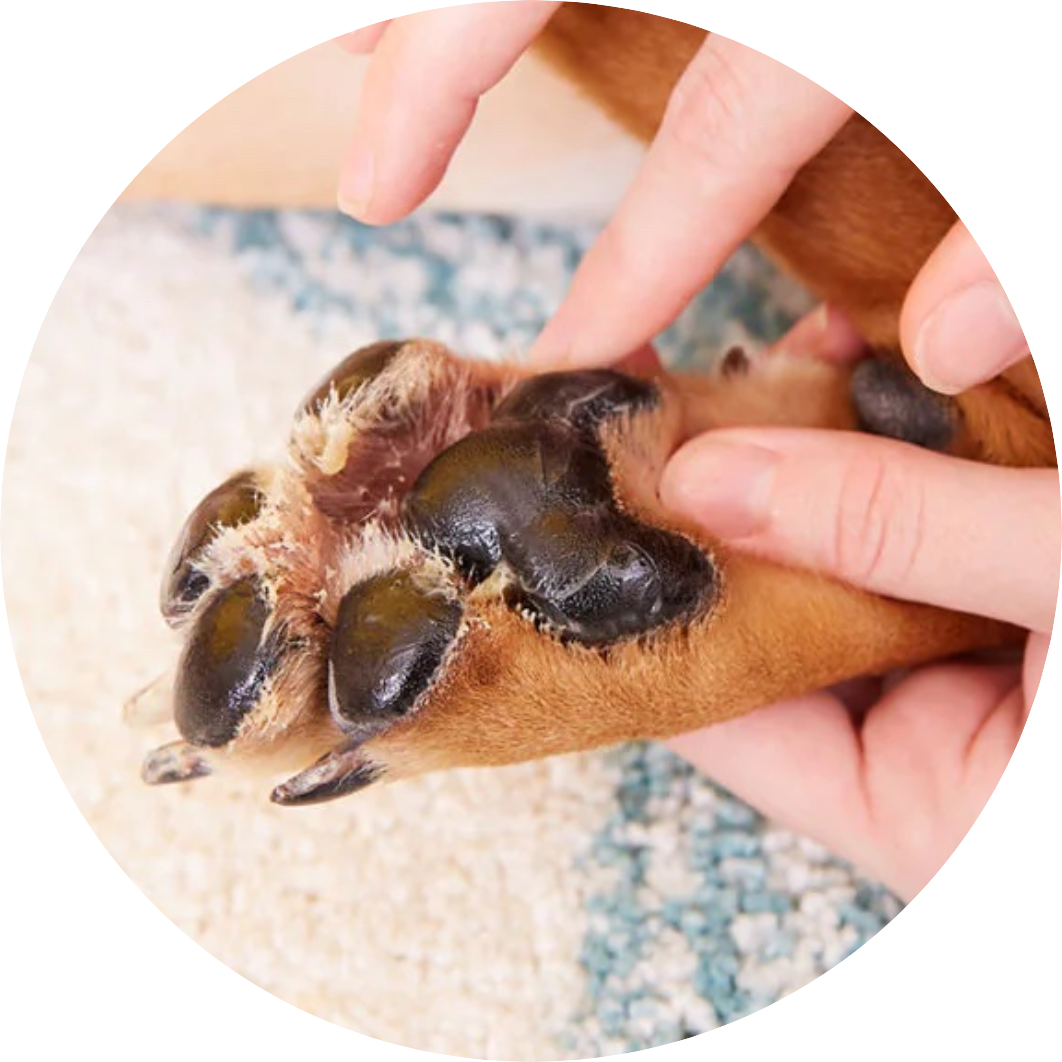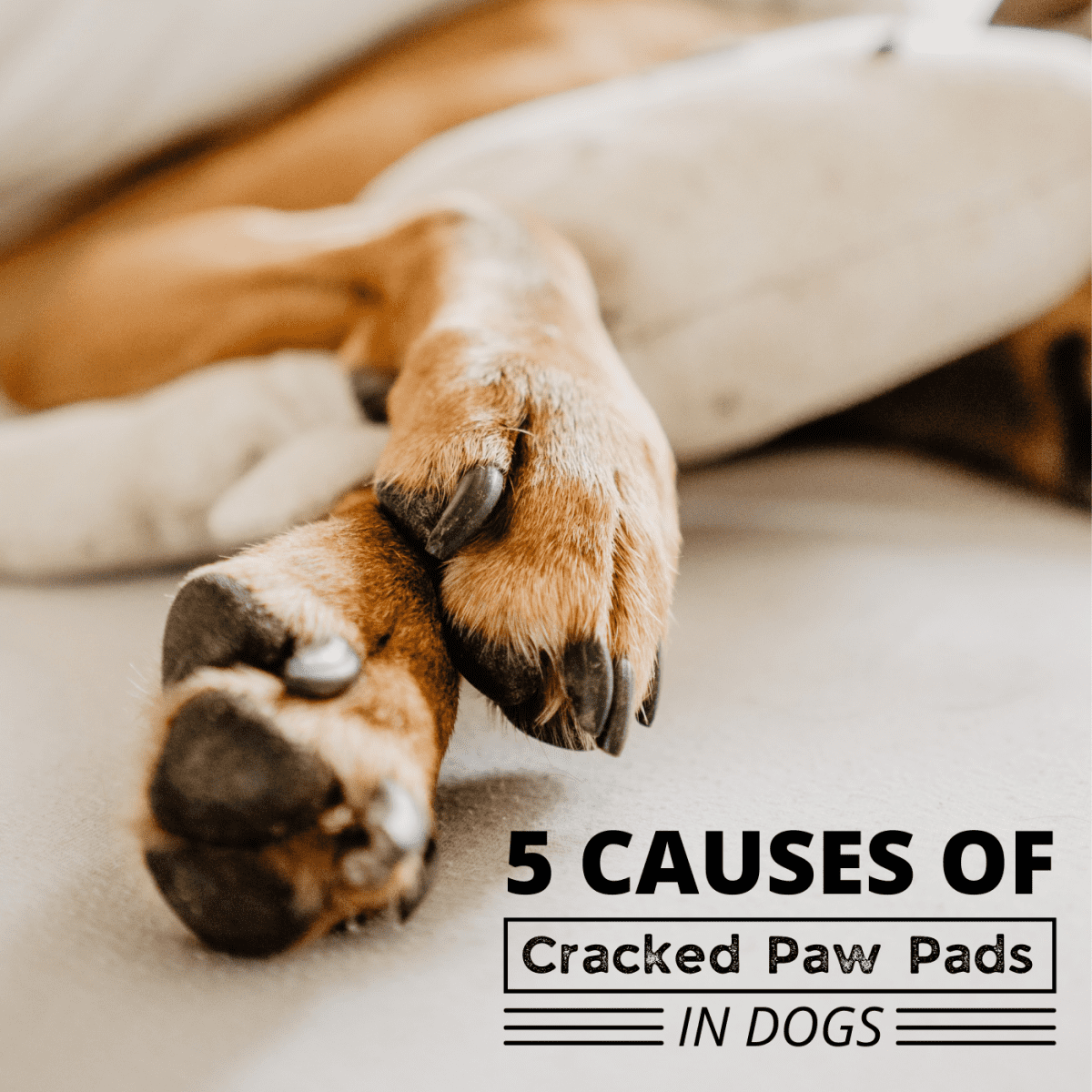How To Smooth Dog Paw Pads

Rough dog paw pads causing discomfort and hindering mobility? Learn proven methods for immediate relief and long-term paw health.
This guide provides actionable steps to smooth your dog's paw pads, addressing cracking, dryness, and potential injuries swiftly and effectively.
Identifying the Problem: Is It Just Dryness?
First, assess the severity. Is it simple dryness, or are there cracks and lesions?
According to the American Kennel Club (AKC), factors like weather, terrain, and underlying health conditions can contribute to paw pad issues.
Contact your veterinarian if you notice bleeding, limping, or signs of infection.
Immediate Relief: The Soaking Method
Start with a warm water soak. This softens the pads and prepares them for treatment.
Add a small amount of dog-specific shampoo to the water, ensuring it's gentle and hypoallergenic.
Soak the paws for 5-10 minutes, then pat them dry thoroughly.
The Power of Paw Balm: Application Techniques
Choose a high-quality paw balm containing natural ingredients like shea butter, coconut oil, or beeswax.
Apply a generous amount to each paw pad, massaging it in gently. Apply at night to prevent the dog from licking it off.
Repeat this process daily, or as needed, until the paw pads regain their smoothness.
Dealing with Cracks and Injuries: A Focused Approach
For deeper cracks, consider using a medicated paw balm recommended by your vet.
These balms often contain antibiotics or antifungals to prevent infection.
In severe cases, bandaging the paws can protect them during the healing process. Consult your veterinarian.
Long-Term Prevention: Lifestyle Adjustments
Adjust your dog's walking surface. Avoid hot pavement and icy sidewalks. Walking on grass is preferred.
Use dog boots during extreme weather conditions to shield the paws from harsh elements. The AKC recommends acclimatizing your dog slowly to dog boots.
Regularly check your dog's paw pads for any signs of dryness or damage.
Diet and Hydration: Internal Health Matters
Ensure your dog is properly hydrated. Dehydration can worsen dry paw pads.
A balanced diet rich in essential fatty acids promotes healthy skin and paw pads.
Consider adding a fish oil supplement to your dog's diet after consulting with your veterinarian.
When to Seek Professional Help: Don't Delay
If home remedies fail to improve the condition, consult your veterinarian immediately.
Underlying medical conditions, such as allergies or autoimmune diseases, may be contributing to the problem.
Ignoring severe paw pad issues can lead to chronic pain and lameness.
Alternative Remedies
Consider investigating other options. Consult a veterinary dermatologist for alternative therapies.
Options to investigate: Acupuncture or laser therapy.
Ongoing Care: A Commitment to Paw Health
Smoothing dog paw pads requires consistent care and attention.
Make regular paw pad checks and treatments a part of your dog's grooming routine. Consistency is key.
By following these guidelines, you can ensure your dog's paws remain healthy, comfortable, and ready for any adventure.


















